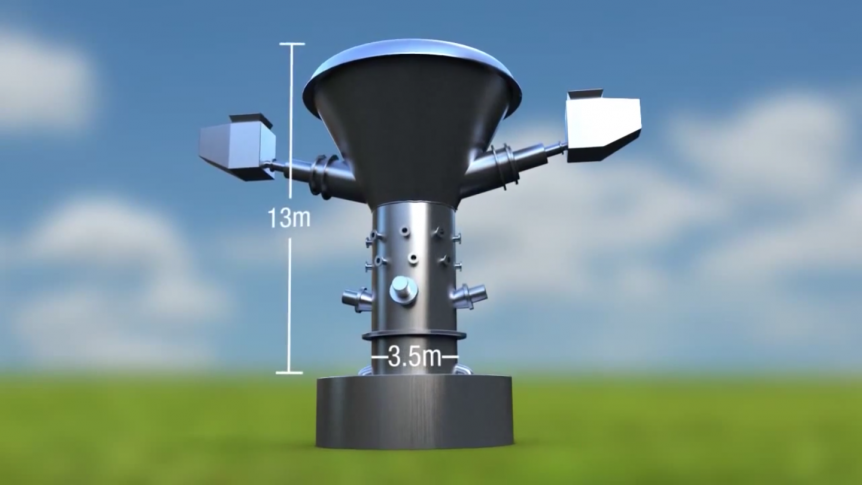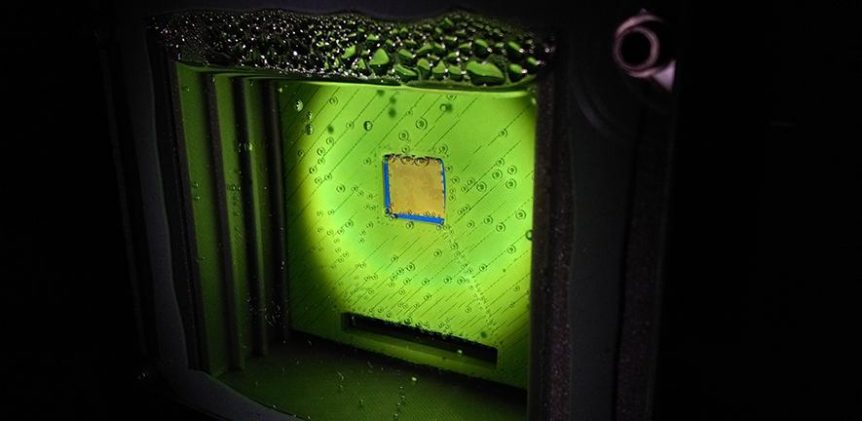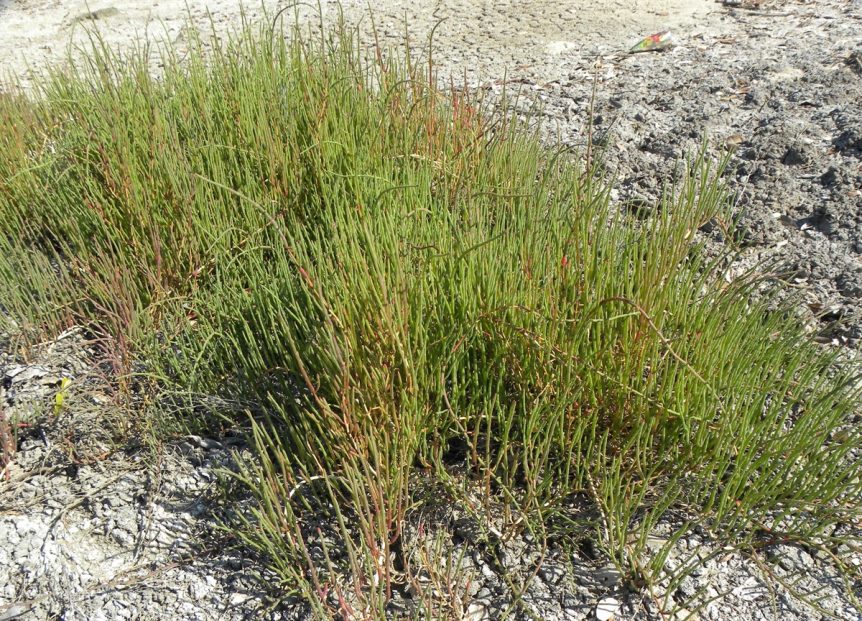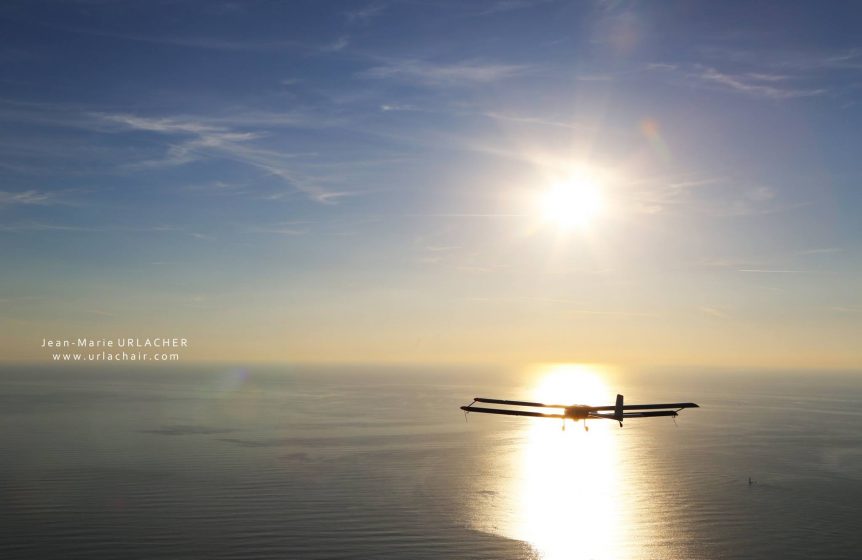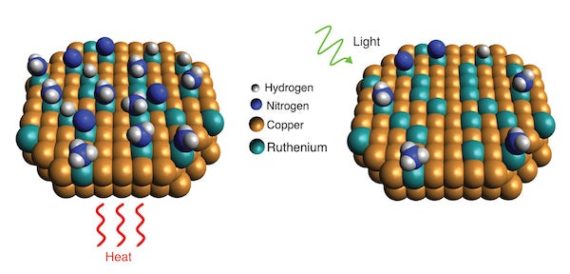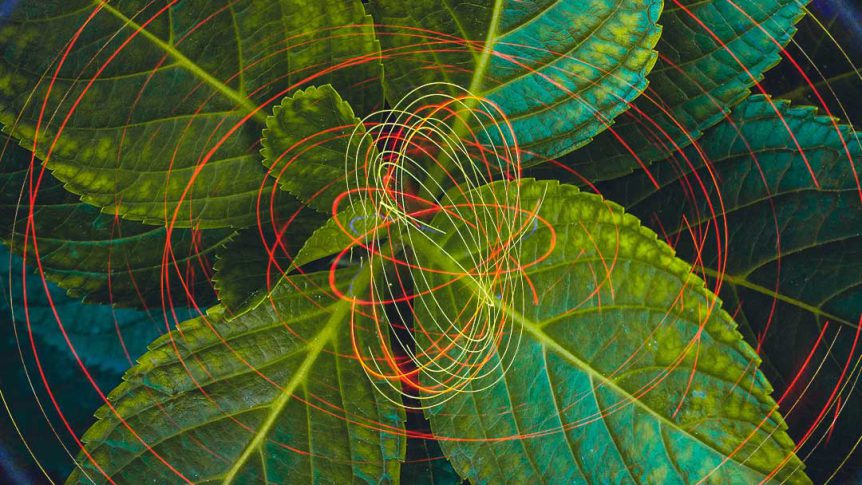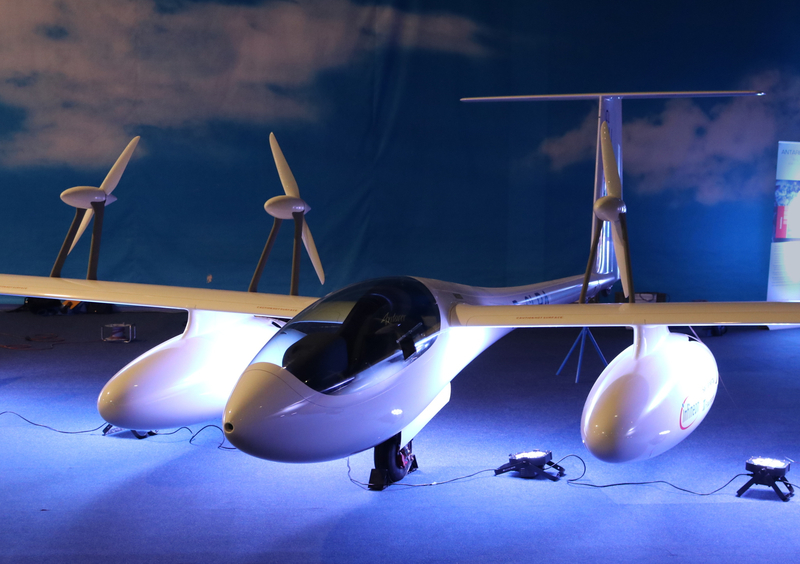What if we could make “clean” hydrogen from plain water, with none of the problems associated with coal, oil or gas extraction and the waste byproducts produced in extracting brown or blue H2? Several approaches such as artificial leaves have been developed, but a totally different new approach seems incredibly promising. A promising approach may lead to greener-than-green hydrogen. The Race to Invent the Artificial Leaf Varun Sivaram, in his book Taming the Sun discusses how Nate Lewis at Caltech and Daniel Nocera at Harvard “determined to find a way to wring fuel out of thin air.” Each has created an “artificial leaf” that emulates the photosynthesis performed naturally by real leaves. A real leaf is far more complex than one would imagine, and the chemical interactions inside even more so. For all that, photosynthesis is only one percent efficient. “A commercially viable artificial leaf would solve several of the trickiest challenges in clean energy. It would create a way …
Cambridge’s Artificial Leaf Makes Syngas
Cambridge University researchers have developed a new “artificial leaf” that uses sunlight, carbon dioxide and water to directly generate “syngas,” without releasing additional CO2 into the atmosphere. As the Cambridge team reported, ‘Syngas is currently made from a mixture of hydrogen and carbon monoxide, and is used to produce a range of commodities, such as fuels, pharmaceuticals, plastics and fertilizers.” Other “leaves” have been devised, perhaps the most famous being that of Daniel Nocera, formerly at MIT and now at Harvard University. He was among the first and at the time, most successful, or the leaf producers. Note the next step he proposes at the end of the short video. Professor Erwin Reisner from Cambridge’s Department of Chemistry has been working for seven years on achieving Nocera’s desire to directly produce fuel from the elements. “You may not have heard of syngas itself but every day, you consume products that were created using it. Being able to produce it sustainably …
Clean Jet Fuel from the Air?
What if we could suck carbon from the air, make clean jet fuel out of it, and reduce greenhouse gas emissions by using this fuel in our airliners? That’s a dream pursued by many researchers, and recently Rotterdam the Hague Airport announced a study to sort out the plausibility of such a plan. First, though, we need to look at the numbers for how much fossil fuel would have to be replaced. These are Big Numbers How much fuel goes into a large jetliner? How efficiently is it used? These are matters of concern to airline executives on a profit-and-loss basis, and to all of us on an environmental basis. Let’s look at the Boeing 787 Dreamliner variants for an idea of how efficient a modern airliner can be. The 787-8 burns 4,900 kilograms (10,780 pounds) per hour or Jet A, while the larger 7879 consumes 5,600 kilograms (12,320 pounds) per hour. Converting pounds (the way the military and airlines …
Fish and Fuel from Sunlight, Sand, and Salt Water
Ethiad Airways made the first commercial flight on fuel made from plants grown in saltwater by Khalifa University. Burning jet fuel made from halophyte plants grown in salt water and fertilized by the shrimp and fish living in the salt water enabled a flight from Abu Dhabi to Amsterdam on January 16. It was the first flight on pure biofuels, even though commercial airlines have made over 160,000 flights on blended fuels since 2011. Dennis Bushnell Predicted This Chief Scientist at NASA Langley Dennis Bushnell shared information on halophytes, plants that grow in salt water. He presented such ideas at a symposium your editor attended six years ago, and his vision is now being realized. He points out that 70 percent of all water in the world has a high saline content and over 40 percent of all lands are arid and cannot sustain conventional agriculture. You can see a slide show of his presentation on halophytes here. An Encompassing …
Eraole in Flight – Further and Higher
Eraole is a unique machine in a sea of unique craft. Powered by a combination of sunlight, Total biofuel, and hydrogen, Raphael Dinelli’s tandem-winged biplane has been under development for many years. With it, Raphael hopes to cross the Atlantic in 2019, Duplicating Charles Lindbergh’s 1927 flight at about half the Spirit of the Spirit of St. Louis’s speed. Eraole’s first flight took place in 2016. The video will allow you to compare its look then with its changed appearance today. Changes of Plane, Changes of Plans Dinelli’s original plan for the flight included the use of an algae-derived fuel to run Eraole’s engine/generator. As reported by La Tribune, though, “For four years, the Ocean Vital Foundation conducted research with the Fermentalg research laboratory in Libourne to produce a fuel based on micro-algae. “’Despite the additives that could be added, the oil froze at altitude and became impossible to use,’ says Raphael Dinelli, who had to bring himself to fill …
Ammonia + Light = Hydrogen
Hydrogen continues on its course of always being five to ten years away as a cheap, viable storage mechanism for energy. The ideal of driving a car that emits only water vapor (or flying an airplane that zooms about on a few pounds of H2) seems like an ever-distant dream. Tina Casey, writing for Gas2.com reports on Rice University solution using stinky ammonia that might clear the air for hydrogen, though. She explains that the October 8th celebration of the fourth annual Hydrogen and Fuel Cell Day was great for natural gas stakeholders, since the gas is the primary source today for hydrogen. Her headline indicates this could become a leading way to store and extract H2: “Forget the Hydrogen Economy, Here Comes the Ammonia Economy.” So Desirable. So Hard to Get. Casey explains the big drawbacks to this market – fugitive greenhouse gas emissions and natural gas’s non-sustainable nature. Another factor, the often high cost of producing H2, adds to …
Biofuels from Many Sources
We’ve looked at an array of different biofuel sources ranging from used cooking oil and algae to farm and municipal waste. This is essential as the percentage of airline emissions becomes a bigger part of our overall greenhouse gas situation. The Guardian reports, “A 2017 estimate said air travel accounted for 2.5% of all carbon dioxide emissions, with the total emissions expected to quadruple by 2050.”We’ll look here at how some of the early efforts have panned out and examine a late-breaking surprise or two. Mustard Seeds? According to the Guardian, “A Qantas plane powered partly by mustard seeds has become the world’s first biofuel flight between Australia and the United States, after landing in Melbourne on [January 30, 2018].” A major test, the 15-hour flight used a blended fuel 10-percent of which came from the brassica carinata, a mustard seed used as a fallow crop between regular crop cycles. Qantas’ Boeing Dreamliner 787-9 “Reduced carbon emissions by 7 percent …
Lithium-Oxygen Battery Breakthrough
The University of Waterloo (Ontario, Canada – not far from Niagara Falls) News, reported, “Chemists make breakthrough on the road to creating a rechargeable lithium-oxygen battery.” Dr. Linda Nazar, Canada Research Chair in Solid State Energy Materials, led a team that “Resolved two of the most challenging issues surrounding lithium-oxygen batteries, and in the process created a working battery with near 100 per cent coulombic efficiency.” The new work, which appears this week in the journal Science, Proves that four-electron conversion for lithium-oxygen electrochemistry is highly reversible.” Waterloo is the first to achieve this, doubling electron storage in lithium-oxygen (Li-O2 – also known as lithium-air) batteries. The video below touches on this and a great many other chemistries. Dr. Nazar explains, “There are limitations based on thermodynamics. Nevertheless, our work has addressed fundamental issues that people have been trying to resolve for a long time.” As noted in the abstract for the Science paper, when Dr. Nazar and her colleagues …
BioLEC – First There was Light, Then There Was Energy
Feature image credit: Victor Tangermann Futurism ponders, “Sugar, Light, And A New Type of Chemistry — What It May Take To Wean Us Off Fossil Fuels” in an article by Dan Robitzki. The topic brings a new term into your editor’s vocabulary – BioLEC – Bioinspired Light Escalated Chemistry. The goal of such chemistry is to use the energy of two photons, “the tiniest quantifiable units of light, to power chemical reactions.” This takes us into how trees and other photosynthesizing plants use quantum theory to make things grow. Trees Have Been Doing it For Years It’s a bit odd to think of trees and quantum physics in the same sentence. Your editor used to think of sunlight striking leaves and chemistry taking place in a leisurely way inside while the tree or bush grew. It turns out that things take place at light speed inside the tree, with quantum activity in abundance. Outdoing Mother Nature? Researchers have tried to …
Lange Research Shows Six-Motor, Fuel-Cell Driven E2 at Aero Expo
Lange Aviation explained the large glider-like machine on display at the 2018 Aero Expo this way: “During this year’s AERO in Friedrichshafen, a mock-up of the Antares E2 was displayed publicly for the first time by our sister company, Lange Research Aircraft GmbH. The Antares E2 is an aircraft with an extreme endurance and very high reliability, which has been designed primarily to address maritime monitoring tasks such as fishery control. In order to fulfill the design goals, a novel propulsive system using six fuel-cell systems and six over-wing propulsors has been developed. A Large, Heavy Machine Beyond Glider Status Weighing in at a hefty 1,650 kilograms (3,630 pounds), the Lange E2 carries that weight on a 23 meter (75.45 feet) wingspan. Part of that is the 300 kilograms (660 pounds) of methanol that powers the six 6.7 kilowatt (8.98 horsepower) fuel cells that in turn power the six 15 kilowatt (20.1 hp.) motors. High wing loading brings high speed, …

